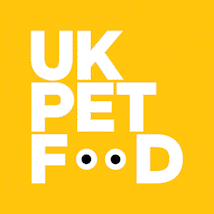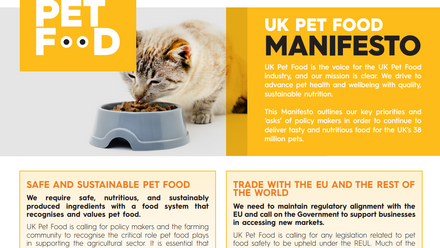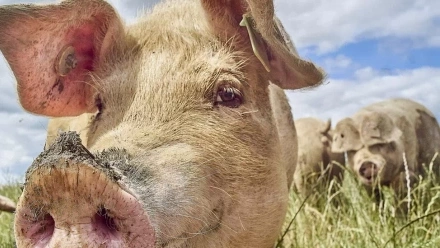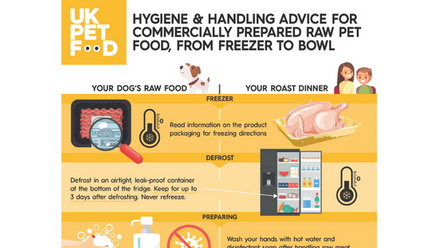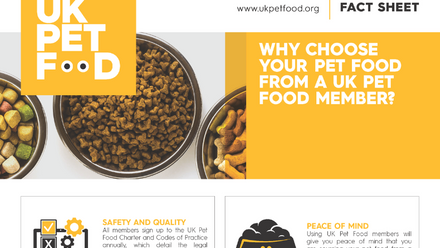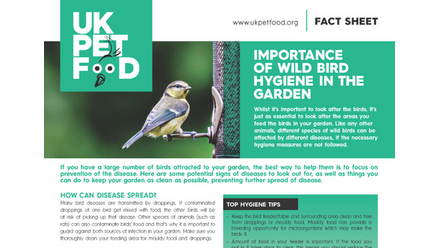Labelling Of Protein Sources In Pet Food
The pet food industry is strictly regulated by over 50 pieces of legislation. Key pieces include the Animal By-Products Regulations which governs what ingredients can/cannot be used in pet foods and also states that all animal based materials must come from animals slaughtered under veterinary supervision.
Pet food labelling falls under EU legislation for the labelling of animal feed
In accordance with EU rules, pet food labelling falls under the legislation for the labelling of animal feed[1]; we don’t have our own set of rules, nor are we governed by the same laws looking after human food. EU rules stipulate what information needs to be on the packet and how it should be conveyed. However, some of the terminology used is more directed at the farmer than the pet owner. The role of the FEDIAF[2] Code of Good Practice for Pet Food Labelling – the guidelines mentioned in the study, is to help manufacturers meet their legislative requirements set by the EU, it doesn’t set the rules – it provides practical guidance to ensure manufacturers meet the requirements of the legislation.
Labelling by category or with a full ingredients list – both formats widely available on the market:
Current legislation means that manufacturers can label ingredients by category e.g. meat and animal derivatives, or by providing a full list of the specific ingredients present. Industry uses by-products from the human food chain and because of this, raw material supplies can vary during the year. Manufacturers may therefore use ingredients from different animal species based on supply levels. All the materials selected are of equal quality and provide the same nutritional benefits to the animal. Listing ingredients by category means some producers can select ingredients based on supply without having the high cost of changing labels constantly, helping reduce costs to the consumer. For consumers who prefer to buy a pet food with a full ingredients listing, there are many products available on the market or the manufacturer themselves will provide a full list of ingredients.
When a pet food label states 4% of a certain ingredient (such as a protein source), this does not mean that the product contains only 4% of that ingredient. The 4% declaration is a legal labelling requirement which represents the minimum percentage content of the named ingredient guaranteed to be present by the manufacturer. This type of declaration also does not mean that other protein sources may not be present. Each recipe includes a blend of different ingredients which are all combined into a food which will meet, in part or entirely, the daily nutritional requirements of the pet. If you make a ‘with’ claim it highlights the characterising ingredient of the product at a level which studies have shown the animal is able to detect (minimum 4%). There are many more examples of nuances of labelling, however, none of the products that claim to have a single source protein should be found to have multiple present.
Pet food labelling is different from human food and can sometimes be difficult to understand, PFMA tries its best to provide as much information as possible on its website and in its ‘A Guide to Pet Food Labelling’. To support consumers, pet food manufacturers often provide full product information on company websites and all companies provide contact details to allow consumers to obtain further information. This study has shown us that ongoing education is important and we will continue to focus in this area.
Needless to say, the quality and safety of our pet foods is of paramount importance to us. Beyond the legislation, industry has adopted a number of Codes of Practice which members of the PFMA follow. Such measures mean consumers can have absolute confidence in the pet foods they buy.
For more information on how pet food is made, please view our short 2 minute film. There is also a guide to ‘Understanding Pet Food Labels’, all available at: /
[1] Regulation (EC) No 767/2009 on the placing on the market and use of feed
[2] European Pet Food Federation www.fediaf.org
